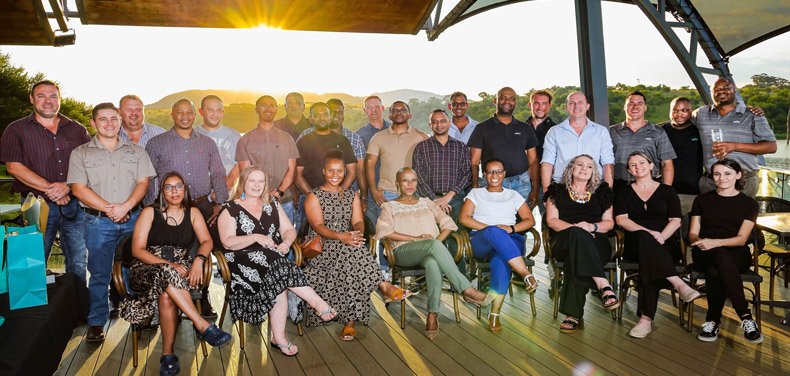Eni and Rhino Resources have confirmed a promising light oil discovery at the Capricornus 1-X exploration well, located offshore Namibia in the prolific Orange Basin. The well, which was drilled using the Noble Venturer drillship, reached its total depth and encountered a substantial hydrocarbon-bearing interval.
According to Rhino Resources, the Capricornus 1-X well intersected a Lower Cretaceous reservoir with 38 metres of net pay. Initial analysis indicates strong petrophysical characteristics and the absence of water contact, pointing to a high-quality reservoir.
READ: EDF ink deal to develop Volobe hydroelectric project in Madagascar
Comprehensive wireline logging operations were conducted, including the acquisition of hydrocarbon samples and sidewall cores, enabling detailed assessment of the formation. A production test was also performed across the oil-bearing zone, yielding a surface-constrained flow rate of over 11,000 standard barrels per day (stb/d) on a 40/64-inch choke.
The recovered oil is classified as light crude, with an API gravity of 37°, and is notable for its low carbon dioxide content below 2% and the absence of hydrogen sulphide, further enhancing its commercial appeal.
Following the successful completion of drilling and testing operations, the well has been temporarily plugged and abandoned, with the drillship now set to be released. The Capricornus 1-X well lies within Petroleum Exploration License 85 (PEL85). Rhino Resources operates the block with a 42.5% working interest. Azule Energy, a joint venture between Eni and bp, holds an equivalent 42.5% stake. Namibia’s state-owned oil company Namcor retains a 10% interest, while Korres Investments holds the remaining 5%.
Further laboratory studies on the collected fluid samples are planned to refine the understanding of the discovery’s reservoir and fluid properties. However, no specific timeline has been announced for appraisal drilling or development activities on the license. The announcement marks another success in Namibia’s offshore oil sector, particularly in the Orange Basin, which continues to attract international attention following a series of high-impact discoveries.







